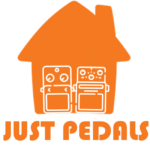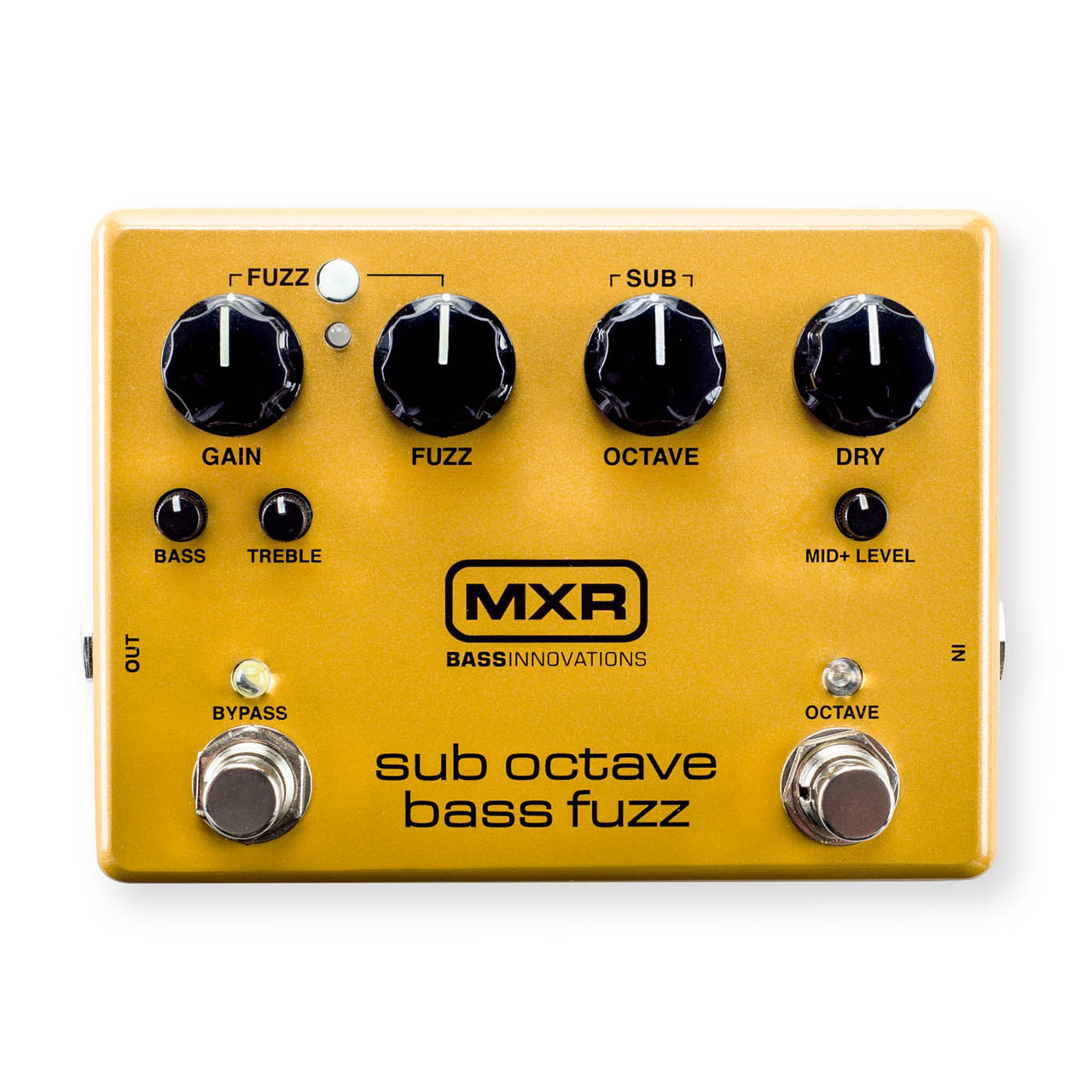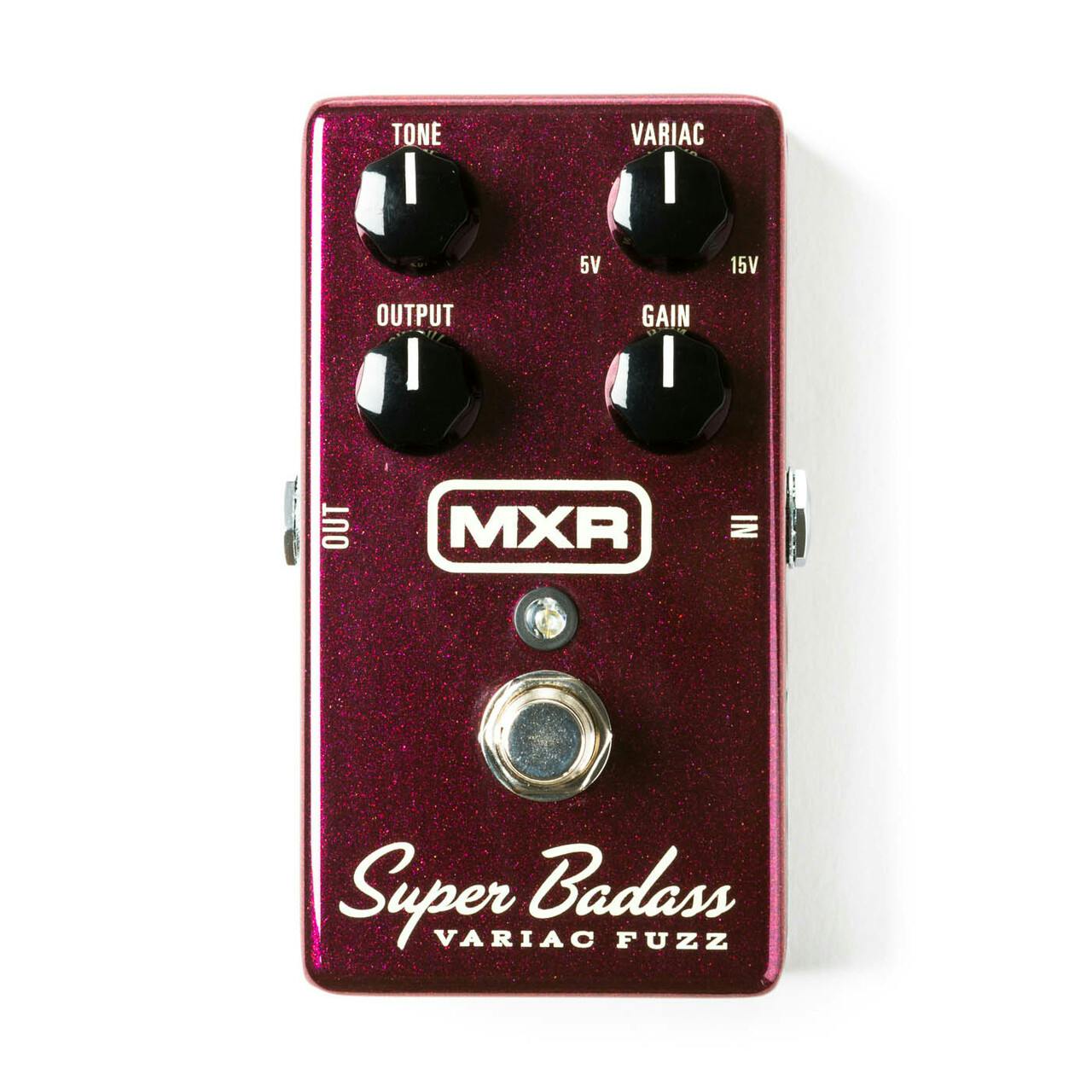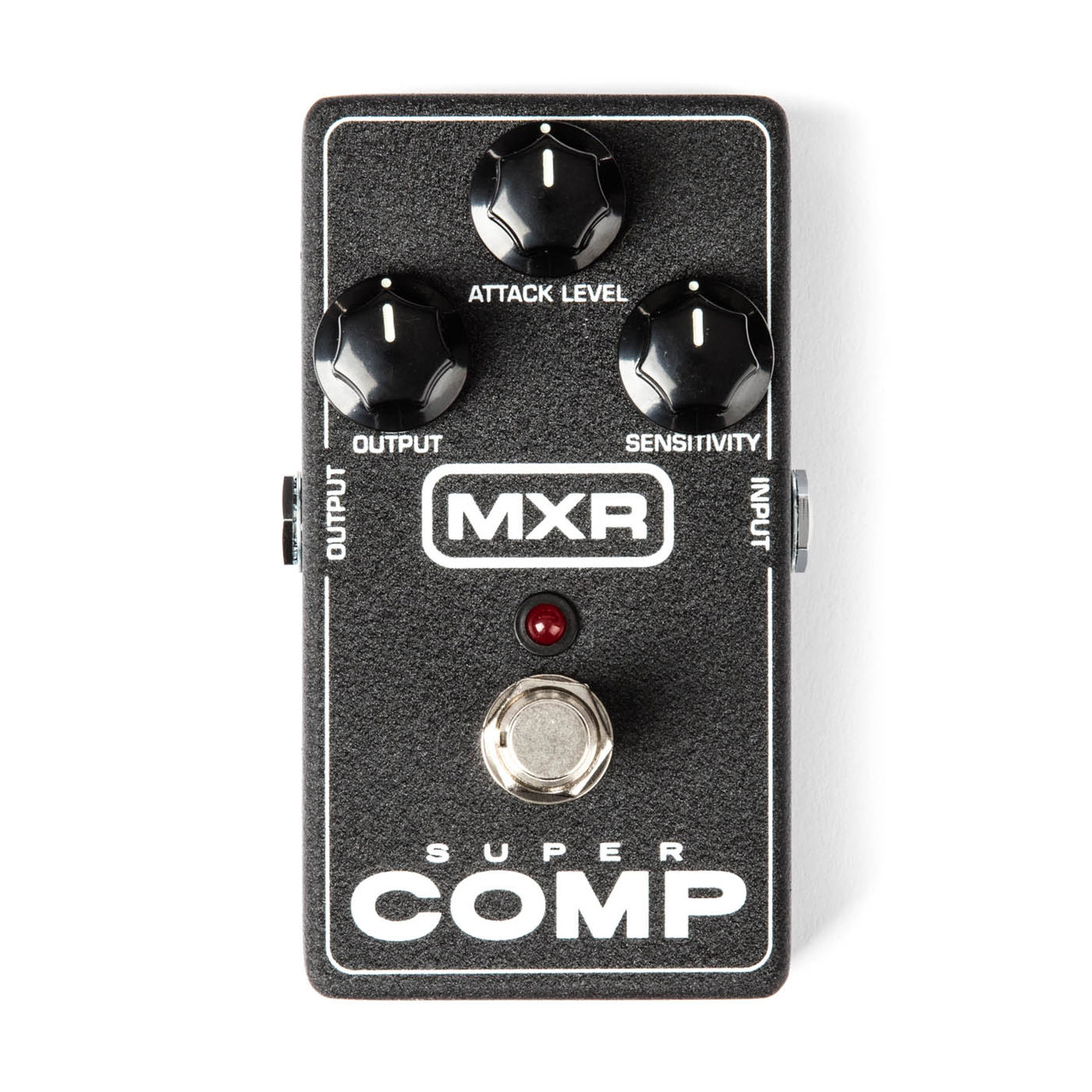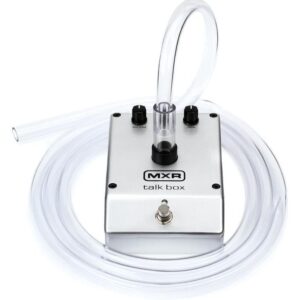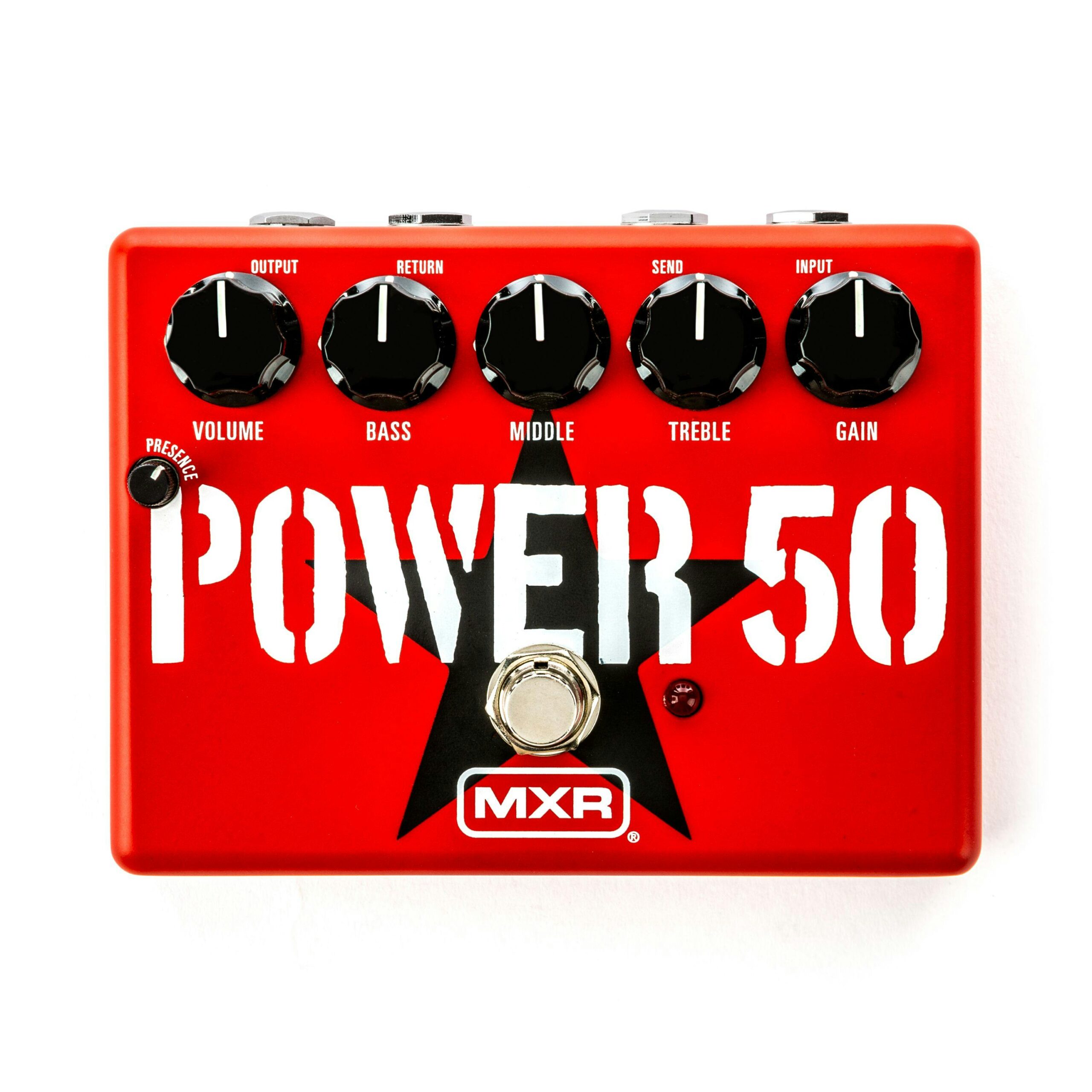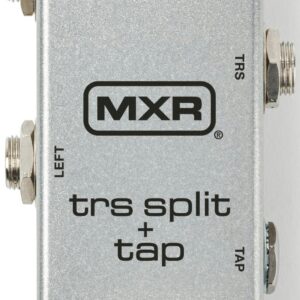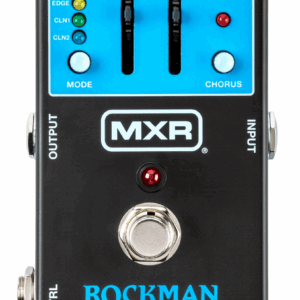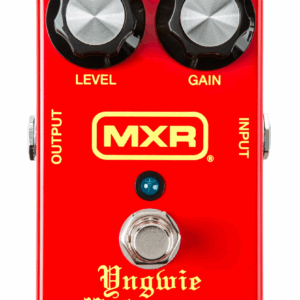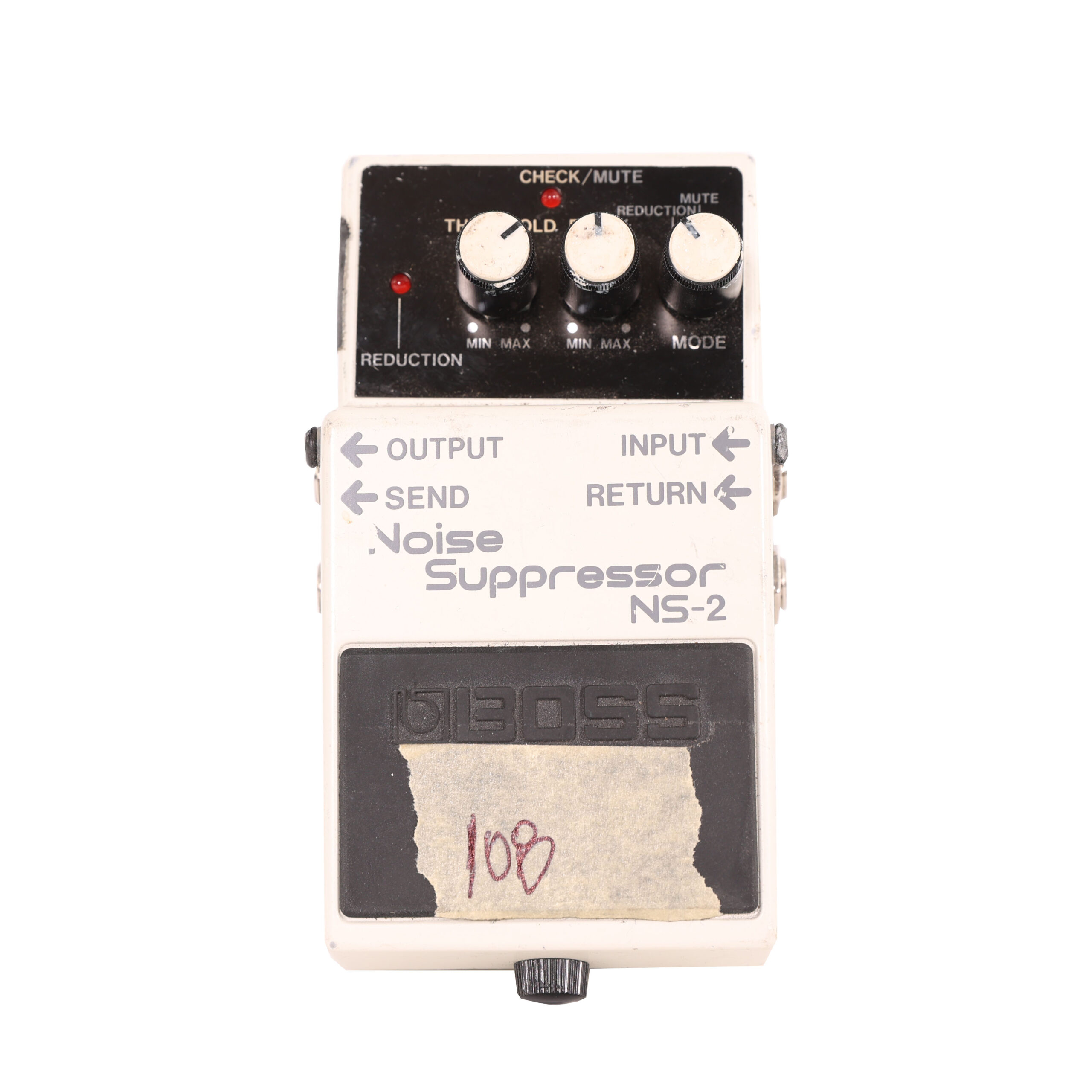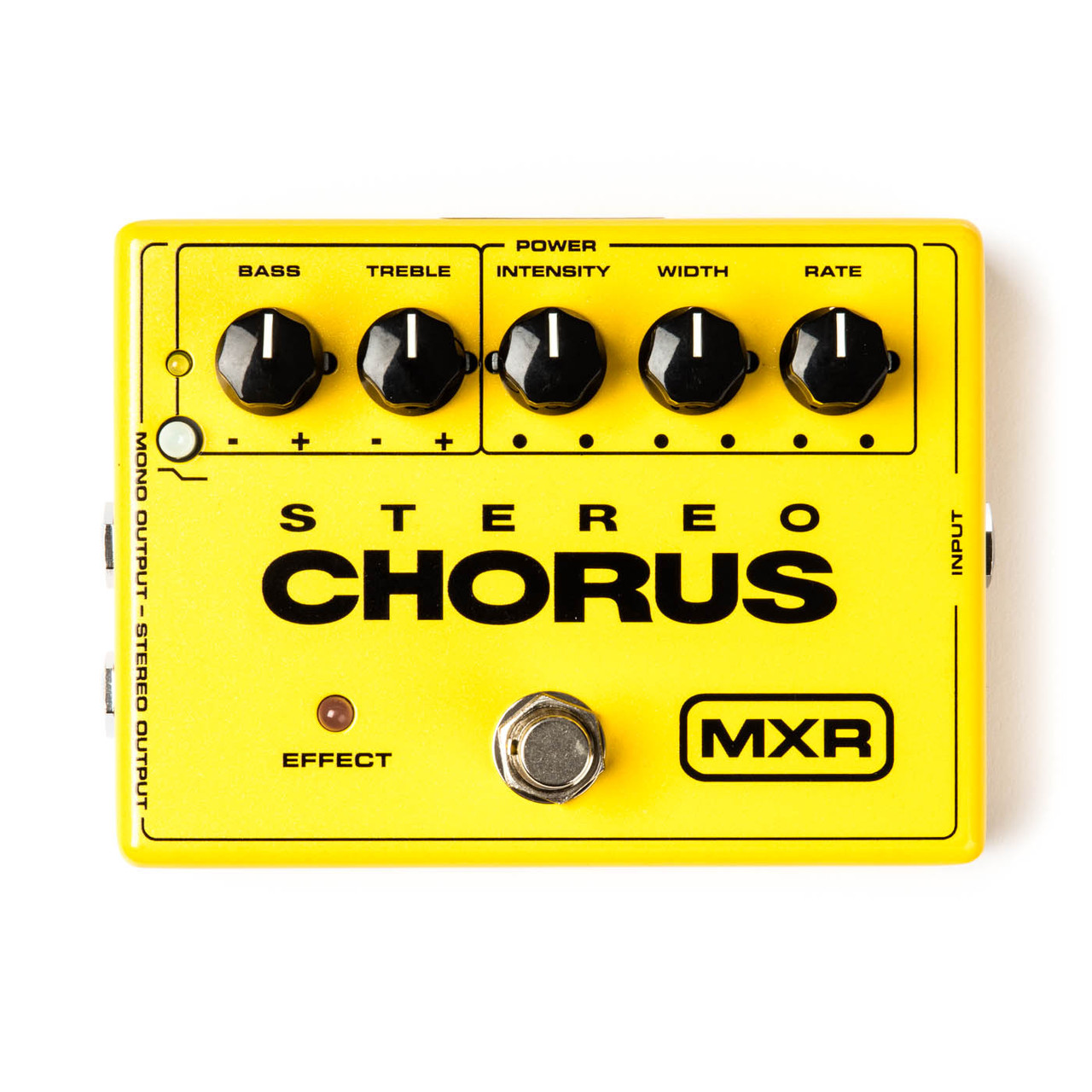
MXR
Showing 65–76 of 76 results
-
MXR Stereo Chorus Pedal with UK PSU
£199.00 -
MXR Sub Octave Bass Fuzz Pedal
£229.00 -
MXR Super Badass Variac Fuzz Pedal
£159.00 -
MXR Super Comp Compressor Pedal
£119.00 -
MXR Talk Box Guitar Effects Pedal
£219.00 -
MXR TBM1 Tom Morello Power 50 Overdrive
£139.00 -
MXR TRS SPLIT and TAP Pedal
£67.99 -
MXR X100 Rockman Pedal
£219.00 -
MXR Yngwie Malmsteen Overdrive
£124.99 -
Second Hand MXR Custom Shop Timmy Mini Overdrive Pedal 405
£109.99 -
Second Hand MXR EP103 Echoplex Delay Pedal 196
£119.99 -
Second Hand MXR M87 Bass Compressor 394
£139.00
